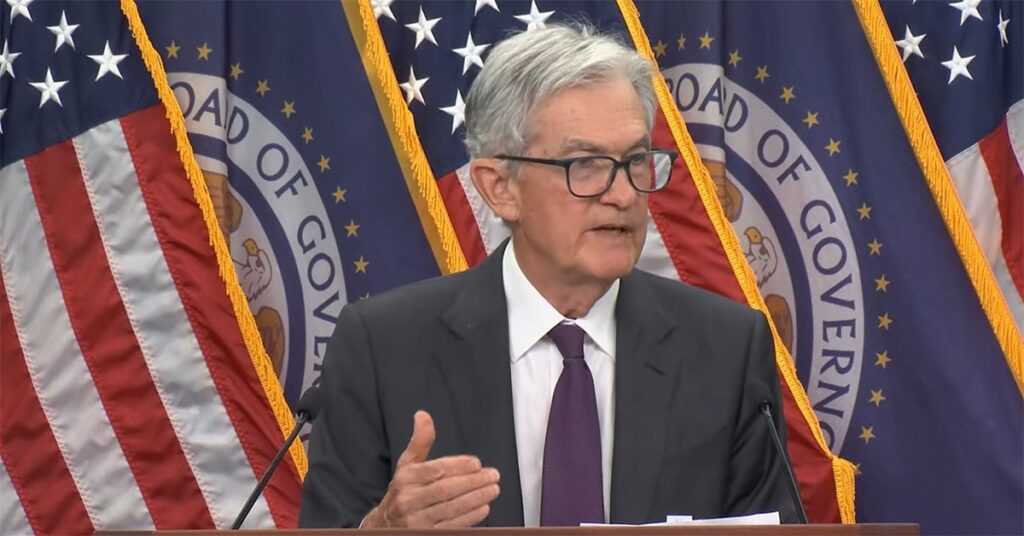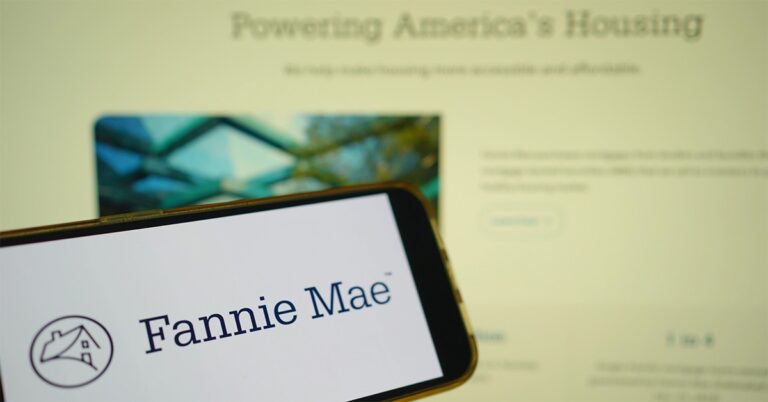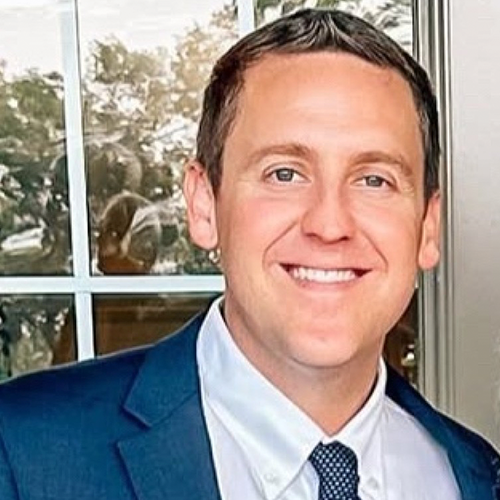The end result of July’s Federal Reserve monetary policy meeting was as expected: The Fed held the benchmark federal funds rate steady at its current range of 4.25% to 4.5%.
But the announcement Wednesday from the Federal Open Market Committee (FOMC) came with a hint of drama. Fed governors Christopher Waller and Michelle Bowman dissented and voted for a 0.25% rate cut, which is the first time more than one FOMC member broke ranks since 1993.
Fed Chair Jerome Powell addressed those dissenting voices during a press conference that also touched on tariffs, inflation and the housing market. Here are a few highlights from the Fed chair’s prepared remarks and subsequent Q&A session:
More to come from Waller and Bowman
Powell declined to get into specifics about the reasons Waller and Bowman voted in favor of a quarter-point rate cut. He said they would both publicly address their stances in the next day or two.
“On the dissents, what you want from everybody, and also from a dissenter, is a clear explanation of what your thinking is and what are the arguments you’re making,” Powell said. “And we had that today, so basically this was quite a good meeting all around the table.”
Housing matters
The federal funds rate set by the FOMC is the overnight bank lending rate. While it doesn’t have a direct correlation to mortgage rates, it impacts general borrowing costs and affects Treasury yields, which in turn influence interest rates for mortgages.
Edward Lawrence, a reporter with Fox Business, asked Powell to address the Fed’s role in the current state of mortgage rates, which are hovering close to 7% for a 30-year fixed rate.
“How do you justify to somebody who’s looking for a house, who’s facing a 7% mortgage, and maybe can’t afford those rates?” Lawrence asked. “How do you justify that?”
Get these articles in your inbox
Sign up for our daily newsletter
Get these articles in your inbox
Sign up for our daily newsletter
Powell responded that Fed monetary policy isn’t the “main effect” on mortgage rates, and that the national housing shortage should be addressed by Congress and the private sector to combat the lack of affordable housing.
“There’s a long-term housing shortage that we have. We haven’t built enough housing. This is not something the Fed can help with,” Powell said. “I think the best thing that we can do for housing is to have 2% inflation and maximum employment, and that’s what we can contribute to housing.”
Inflation remains elevated
Powell said estimates based on the consumer price index and other data suggest the personal consumption expenditures (PCE) price index — the Fed’s preferred measure of inflation — rose 2.5% on a 12-month basis in June. The official PCE data is set for release by the Bureau of Economic Analysis on Thursday.
If that 2.5% reading holds true, it would be modestly above the Fed’s target inflation mark of 2%.
“Inflation is above target, and even if you look through the tariff effects, we think it’s still a bit above target and that’s why our stance is where it is,” Powell said.
‘Early days’ for tariff impacts
Powell said it is “still quite early days” when it comes to assessing the impacts of the Trump administration’s tariff policies on consumer prices and inflation. He said about $30 billion in tariff revenue is being collected per month, but thus far those costs are largely being absorbed by retailers and other U.S. companies, not consumers or exporters.
“It’s starting to show up in consumer prices,” Powell said, “and we know from surveys that companies feel that they have every intention of putting this through to the consumer, but the truth is, they may not be able to in many cases.” He added that it’s likely that retailers, consumers and exporters will share the added costs, but it’s too soon to tell what that mix will look like.




















































